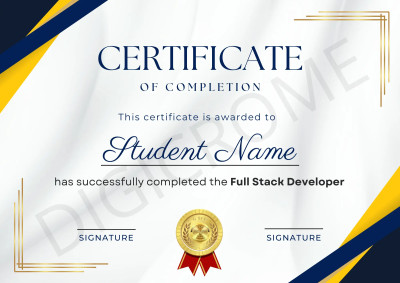Program Overview
Scrum Product Owner Certification: A Pathway to Agile Excellence
Scrum Product Owner Professionals (SPOPs) are individuals equipped with the knowledge, practices, and principles of Scrum methodology, enabling them to effectively fulfil the role of Product Owner within a Scrum team. Positioned closest to the business side of the project, SPOPs are entrusted with the responsibility of delivering the product and ensuring stakeholder satisfaction.
Key Responsibilities:
- Maintain product development momentum.
- Communicate and prioritize requirements.
- Uphold team collaboration and understanding of project objectives.
Benefits of Scrum Product Owner Certification:
- Gain proficiency in new Scrum methodologies.
- Showcase existing and newly acquired skills.
- Enhance product management expertise.
- Stay abreast of industry trends and advancements.
Exam Format:
- Multiple choice questions.
- 60 questions per exam.
- No negative marking.
- 90 minutes duration.
- Proctored online exam.
Audience Profile:
The Professional Scrum Product Owner course is ideal for professionals involved in software development within the Scrum framework, particularly those focused on business and product management aspects. It is tailored for individuals assuming the role of Scrum Product Owner.
Prerequisites:
To embark on the journey towards becoming a Scrum Product Owner Professional (SPOP), it is essential to familiarize yourself with Scrum principles. Attend a two-day (16-hour) SPOP course delivered by a SCRUMVersity Certified Trainer (SCT) to gain a comprehensive understanding and earn 16 Scrum Education Units (SEUs).
Application Process:
Enrol with SCRUMVersity to access Scrum certification and e-learning resources.
Scrum Product Owner Professional By SCRUMVersity
- ₹70000.00
Features
- 18 Hours
- Live Online
- Student Handouts
- Industrial Projects
Key Highlights
 18 Hours
18 Hours Live Online
Live Online Student Handouts
Student Handouts
 Industrial Projects
Industrial Projects
 Expert Experienced Trainers
Expert Experienced Trainers
 1:1 Doubt Session
1:1 Doubt Session
 Learning Management System
Learning Management System
 24*7 Career Support
24*7 Career Support
Program Objective
- INTRODUCTION TO AGILE / SCRUM
- What is Agile
- Agile Manifesto
- Definition of Scrum
- Scrum History
- FIVE values of scrum
- Scrum Values defined
- Scrum values and behaviors
- Scrum Characteristics
- Scrum Roles
- What is the difference between Agile & Scrum
- WHY AGILE
- Agile Manifesto
- Empirical process control
- Defined process control
- Why is scrum empirical process control
- The Big Picture
- Delivering Value Early & Often
- Faster Turnaround Time & Shorter Feedback Cycle
- Scrum Team Composition - Engineering Team (Dev+QA, Product Owner, Scrum Master)
- Product Owner Basic
- Understanding Product Owner role
- What is the role in scrum
- A good product owner
- Product owner success
- Responsibilities
- Understanding Product vision
- Vision Boards
- What is the problem we are trying to solve
- What value is it going to provide to the end user
- The Big Picture (Product roadmap)
- Product Visualization / Preparing Product Plan
- Prepare/ walk through a case study to explain product plan creation
- UX-UI design in product
- Product backlog ownership
- Product backlog creation
- Creating work flows from Use cases
- What is backlog and how to create it
- how much details
- Emergence and how to handle it
- Progressive refinement
- Story formats – Problem statement, Description, Acceptance Criteria
- Identifying stories from Use cases & Work flows
- Story Sizing – How many acceptance criteria per story?
- Identifying dependencies
- Prioritization and Backlog Grooming
- Relative weighting
- Feature Scoring
- Business value
- Time boxed stories. What/ Why?
- Release Planning
- Estimation
- What do you as PO need know for estimates
- Basic Principles
- Accuracy in estimation
- Estimate Size & velocity , Effort vs Accuracy
- What is a good Plan
- Planning
- Release Planning
- Technical Debt / Bugs prioritization
- Mid sprint – Reviews / Handling spill over
- Velocity
- Understanding “Velocity”
- Incorporating feedback from Retrospectives
- Product Feature acceptance
- Defining – Definition of done
- Story acceptance
- When / Where / How
- Customer reviews / communication
Our Certificates
Certified by


















